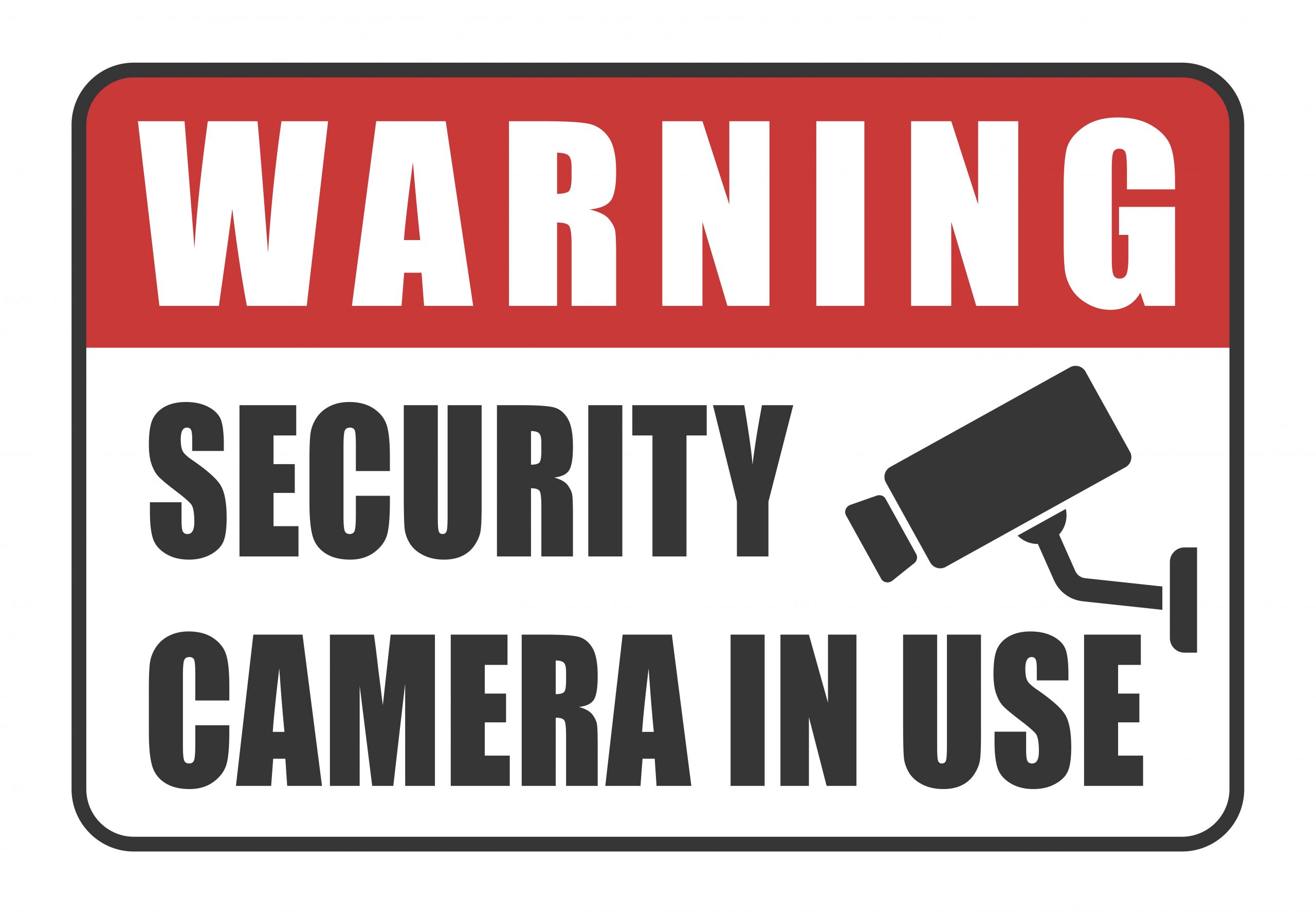When it comes to protecting your IT infrastructure, it’s important to prepare for the worst. What does the worst look like? It could be a pipe bursting and flooding your network closet, an electrical surge knocking out power, or even an intruder who happens to stumble across your server rack. You can’t predict when something like this will happen to your organization, but you can be prepared for it. Here’s how:
Implement Physical Security Considerations
- Security Cameras: Security cameras not only assist in incrimination after a break-in occurs, but they can also deter would-be intruders.
- Limit Access: Whenever possible, store networking equipment such as servers, switches, and firewalls in an area that is separated from the normal flow of traffic inside the office. This can prevent possible disruptions, both intentional and accidental.
- Lock the Door: If possible, store networking equipment behind a locked door with access given only to those who need it. If the door to the room can’t be locked, you can place a lock on the network rack itself. This can help prevent a potential malicious installation of malware or data theft.
Implement Safety Precautions
- Electrical Safety: Store network equipment up off the ground to prevent damage in the event of flooding. You can turn off power networking equipment from a dedicated electrical circuit that in the event of an emergency without having to cut power to the entire building.
- Fire Safety: Keep a tested, up-to-date fire extinguisher within 6 feet of networking equipment that can deployed in the event of a fire.
Have a Disaster Recovery Plan
- Assign Roles and Responsibilities: If you wait until disaster strikes to come up with a plan, you’re probably too late. Emergencies can disrupt modes of communication, remove access to data, and cause confusion among your workforce. Develop and train your employees with a plan so that when the time comes, everyone knows what is expected of them.
- Configure Remote Backups: Ensure the security of your data by replicating it to either a separate physical device that is stored elsewhere or backed up to the cloud.
With a combination of both physical and habitual precautions in place, you can be prepared during an emergency that may compromise your company’s data. By protecting your IT infrastructure, you eliminate risk to both your company’s equipment, data, and business success.
By Joe Couillard, Client Relationship Manager


